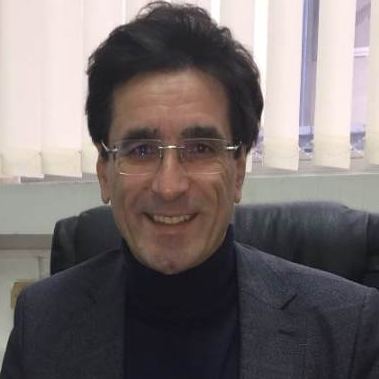Applications and Advancements of Spectroscopy
A special issue of Applied Sciences (ISSN 2076-3417). This special issue belongs to the section "Optics and Lasers".
Deadline for manuscript submissions: closed (30 June 2021) | Viewed by 35099
Special Issue Editors
Interests: structural and dynamical characterization of molecular systems; fourier transform infrared spectroscopy; Raman spectroscopy; neutron scattering; spectral analysis
Special Issues, Collections and Topics in MDPI journals
Interests: integrated spectroscopic techniques; climate modeling; weather modelling; complex systems
Special Issues, Collections and Topics in MDPI journals
Special Issue Information
Dear Colleagues,
Spectroscopic techniques constitute a powerful tool for characterizing molecular motions and characteristic properties of material systems.
The main goal of this Special Issue titled “Applications and Advancements of Spectroscopy” is to highlight the most recent applications and advancements in structural and dynamic investigations of material systems that belong to different disciplinary fields such as, for example, biophysics, condensed matter, cultural and natural heritage, and advanced technological materials.
The dealt spectroscopic techniques include Fourier transform infrared spectroscopy, Raman scattering, photon correlation spectroscopy, neutron scattering, nuclear magnetic resonances spectroscopy, X-ray spectroscopy, and ultrasonic techniques. The issue strongly encourages contributions highlighting, in an interdisciplinary way, how the integrated use of complementary techniques, giving information on different time and spatial scales and coupling with different system observables, has been revealed to be an effective approach for clarifying the properties of material systems at different complexity degrees.
Dr. Maria Teresa Caccamo
Prof. Dr. Salvatore Magazu
Guest Editors
Manuscript Submission Information
Manuscripts should be submitted online at www.mdpi.com by registering and logging in to this website. Once you are registered, click here to go to the submission form. Manuscripts can be submitted until the deadline. All submissions that pass pre-check are peer-reviewed. Accepted papers will be published continuously in the journal (as soon as accepted) and will be listed together on the special issue website. Research articles, review articles as well as short communications are invited. For planned papers, a title and short abstract (about 100 words) can be sent to the Editorial Office for announcement on this website.
Submitted manuscripts should not have been published previously, nor be under consideration for publication elsewhere (except conference proceedings papers). All manuscripts are thoroughly refereed through a single-blind peer-review process. A guide for authors and other relevant information for submission of manuscripts is available on the Instructions for Authors page. Applied Sciences is an international peer-reviewed open access semimonthly journal published by MDPI.
Please visit the Instructions for Authors page before submitting a manuscript. The Article Processing Charge (APC) for publication in this open access journal is 2400 CHF (Swiss Francs). Submitted papers should be well formatted and use good English. Authors may use MDPI's English editing service prior to publication or during author revisions.
Keywords
- Fourier transform infrared spectroscopy
- Raman scattering
- Photon correlation spectroscopy
- Ultrasonic techniques
- Neutron scattering
- Nuclear magnetic resonance spectroscopy
- X-ray spectroscopy






